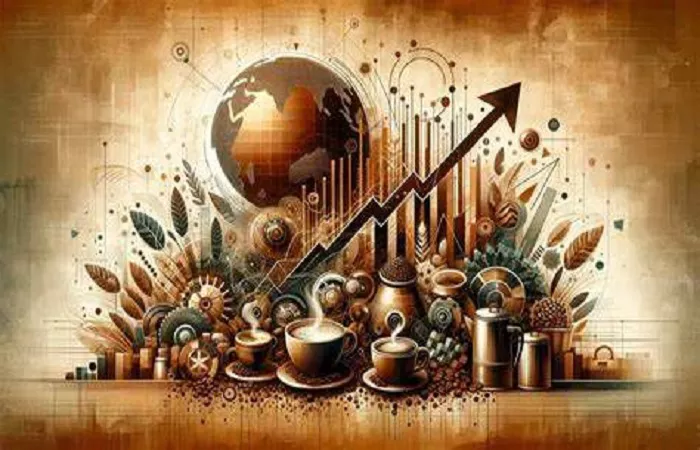Coffee is one of the most traded commodities in the world. Millions of people drink it every day. The coffee market is worth over $100 billion globally. But who controls this huge market? This article will examine the key players.
The coffee supply chain has several parts:
- Farmers grow the coffee
- Traders buy and sell the beans
- Roasters process the beans
- Retailers sell to consumers
We’ll look at each stage to see who has the most power.
The Coffee Producers: Where Coffee Grows
Coffee grows in the “Bean Belt” between the Tropics of Cancer and Capricorn. Over 70 countries produce coffee, but a few dominate.
Top Coffee Producing Countries
- Brazil – Produces about 35% of the world’s coffee
- Vietnam – Main producer of robusta beans
- Colombia – Known for high quality arabica
- Indonesia – Major robusta producer
- Ethiopia – Birthplace of coffee
Brazil alone grows more coffee than the next three countries combined. However, most coffee farmers are smallholders with little market power.
Coffee Traders: The Middlemen
Between farmers and roasters are the traders. They buy green (unroasted) coffee beans and sell them globally.
Major Coffee Trading Companies
- Neumann Kaffee Gruppe – Largest trader, handles about 15% of global coffee
- Volcafe – Swiss-based trader owned by ED&F Man
- ED&F Man – British commodities trader
- Sucafina – Swiss trader focused on sustainability
- Olam – Singapore-based agricultural trader
These companies don’t own coffee farms but control much of the supply. They have significant influence over prices.
Coffee Roasters: Turning Beans into Products
Roasters buy green coffee, roast it, and package it for sale. This is where most value is added.
The Big Four Roasters
- Nestlé (Switzerland) – Makes Nescafé, the world’s top coffee brand
- JDE Peet’s (Netherlands) – Owner of Jacobs, Peet’s, and other brands
- Lavazza (Italy) – Leading brand in Europe
- Starbucks (USA) – Operates coffee shops worldwide
These four companies control about 40% of the global roasted coffee market. Nestlé alone accounts for nearly 25%.
Retail Coffee: Shops and Supermarkets
This is the part consumers see most. There are two main retail channels:
Coffee Shops
- Starbucks – Over 35,000 stores worldwide
- Tim Hortons – Dominates in Canada
- Costa Coffee – Market leader in the UK
- McCafé – McDonald’s coffee chain
Supermarket Brands
All major grocery chains sell packaged coffee. Private label brands compete with name brands.
Who Really Controls the Coffee Market?
No single group completely dominates. Power is distributed across the chain:
- Farmers have the least power despite doing the hardest work
- Traders control supply but depend on farmers
- Roasters add most value and earn highest profits
- Retailers connect with consumers but face competition
The biggest profits go to roasters and retailers, not farmers. A coffee farmer might get 1perpoundwhileacafeˊcharges15 for drinks made from that pound.
Trends Changing the Coffee Market
Several factors are reshaping the industry:
Specialty Coffee Growth
Consumers want higher quality, unique coffees. This creates opportunities for small roasters.
Sustainability Concerns
Buyers care more about ethical sourcing. Fair Trade and direct trade are growing.
New Technologies
Blockchain helps track coffee origins. New brewing methods change consumption.
Emerging Markets
China and India are drinking more coffee, creating new opportunities.
Conclusion
The coffee market has many players, each with different levels of power. While large corporations dominate processing and retail, small farmers grow most of the beans. Understanding this helps explain why coffee prices fluctuate and who benefits most from your daily cup.
The future may bring more balance as consumers demand fairer systems. But for now, the coffee market remains a mix of small producers and big business.
Related topics:
Toby’s Estate Coffee Roasters: The Pinnacle of Specialty Coffee
Urban Coffee Roasters: The Heart of Specialty Coffee
Flo Group and NatureWorks Unveil Compostable Coffee Pod


